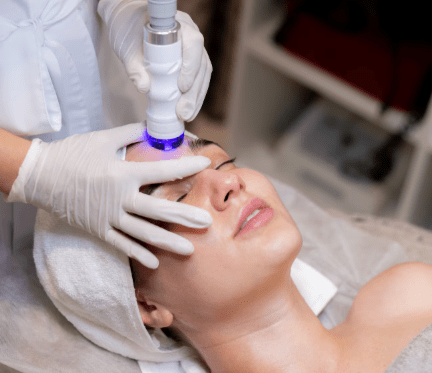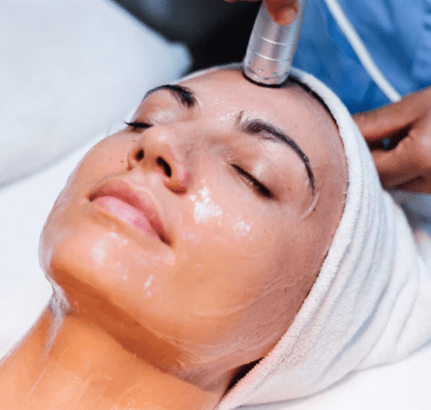Droopy eyelids, medically known as ptosis, can affect more than just your appearance—they can impair your vision, cause eye fatigue, and even reduce confidence. When nonsurgical options don’t offer relief, ptosis surgery becomes the most effective long-term solution. This step-by-step guide walks you through the entire surgical process—from initial consultation to recovery—so you can make an informed decision about treatment.
Step 1: Understanding Ptosis and When Surgery Is Needed
What Is Ptosis?
Ptosis refers to the drooping of the upper eyelid, caused by weakened or dysfunctional muscles responsible for lifting the lid. It can be:
- Congenital: Present from birth
- Acquired: Develops over time due to aging, trauma, nerve damage, or muscle disorders
When Is Surgery Recommended?
Surgery is typically advised when:
- The drooping interferes with vision
- There is a constant feeling of heaviness or eye fatigue
- The condition affects facial symmetry or confidence
- Non-surgical treatments (like ptosis crutches or eye exercises) are ineffective
Step 2: Initial Consultation and Diagnosis
During your first visit with an oculoplastic surgeon, you can expect:
A Comprehensive Eye Examination:
- Measurement of eyelid height
- Evaluation of levator muscle function (how well the lid moves)
- Visual field testing to determine how much vision is obstructed
- Assessment of eye symmetry, brow position, and any coexisting eyelid conditions
Medical History Review:
- Previous surgeries, neurological conditions, or eye diseases
- Use of medications like blood thinners
- Any signs of myasthenia gravis or systemic diseases that can cause ptosis
Photographic Documentation:
- Standardized photos may be taken to monitor changes and submit to insurance for medical necessity documentation
Step 3: Choosing the Right Surgical Technique
The surgical approach is customized based on your diagnosis:
Levator Advancement or Resection
- Ideal for: Acquired ptosis with good levator function
- Involves shortening or tightening the levator aponeurosis, the tendon-like structure that lifts the lid
Frontalis Sling Procedure
- Ideal for: Severe or congenital ptosis with poor levator muscle function
- Connects the eyelid to the forehead muscle using a sling, allowing eyebrow elevation to raise the lid
Müller’s Muscle-Conjunctival Resection (MMCR)
- Ideal for: Mild ptosis with strong response to phenylephrine
- Involves internal eyelid muscle resection—no external incision required
Step 4: Preparing for Surgery
Pre-Surgery Instructions:
- Avoid blood-thinning medications (aspirin, ibuprofen) for 1–2 weeks before surgery
- Stop smoking and alcohol consumption to promote better healing
- Arrange for someone to drive you home post-procedure
- Complete any required lab work or medical clearances
What to Expect:
- Most surgeries are performed under local anesthesia with sedation
- Children or complex cases may require general anesthesia
Step 5: The Surgery Day
Procedure Overview:
- Duration: Typically 30 to 90 minutes per eyelid
- Performed in an ambulatory surgical center or hospital outpatient setting
- You’ll remain relaxed and pain-free throughout the procedure
Surgical Steps:
- Incision: Usually hidden in the eyelid crease
- Muscle Adjustment: Surgeon shortens or repositions the lifting muscle (levator or Müller’s)
- Sling Placement: If needed, sling material is threaded beneath the skin and secured
- Suturing: Fine sutures close the incision, often dissolvable
- Post-Surgical Dressing: A cool compress may be applied
Step 6: Immediate Post-Operative Recovery
What You May Experience:
- Swelling and bruising around the eyelids
- Mild discomfort or tightness
- Temporary blurred vision due to ointments
- The eyelid may appear slightly over- or under-corrected at first
Home Care Tips:
- Apply ice packs regularly for the first 48 hours
- Keep your head elevated while resting
- Use prescribed eye drops or ointments to prevent infection and keep the eyes moist
- Avoid strenuous activity, heavy lifting, or bending over for about 1 week
Step 7: Follow-Up Visits and Monitoring
- First follow-up: Usually within 2–3 days after surgery
- Suture removal (if non-absorbable): Typically around day 5 to 7
- Additional visits may be scheduled to monitor healing and eyelid position
- Full results become more apparent after 3–6 weeks
Step 8: Long-Term Results and Expectations
Functional Outcomes:
- Clearer vision and improved visual field
- Reduced eye fatigue and discomfort
Cosmetic Outcomes:
- More symmetrical, youthful, and alert appearance
- Minimal to invisible scarring hidden in the eyelid crease
Is the Surgery Permanent?
Most patients enjoy long-lasting results, but in rare cases, revision surgery may be required if the lid position changes or aging continues to affect the area.
Step 9: Risks and Possible Complications
While ptosis surgery is generally safe, risks may include:
- Asymmetry between eyelids
- Incomplete eyelid closure (lagophthalmos)
- Dry eyes or irritation
- Overcorrection or undercorrection
- Need for revision (especially in congenital or severe cases)
Choosing a skilled oculoplastic surgeon minimizes these risks.
Conclusion
Ptosis surgery is a step-by-step journey that starts with a detailed diagnosis and ends with a clearer view and enhanced facial appearance. Understanding each phase—from consultation to recovery—can help you feel more prepared and confident.
If droopy eyelids are affecting your vision or quality of life, consult a board-certified oculoplastic surgeon to explore whether ptosis surgery is right for you.




